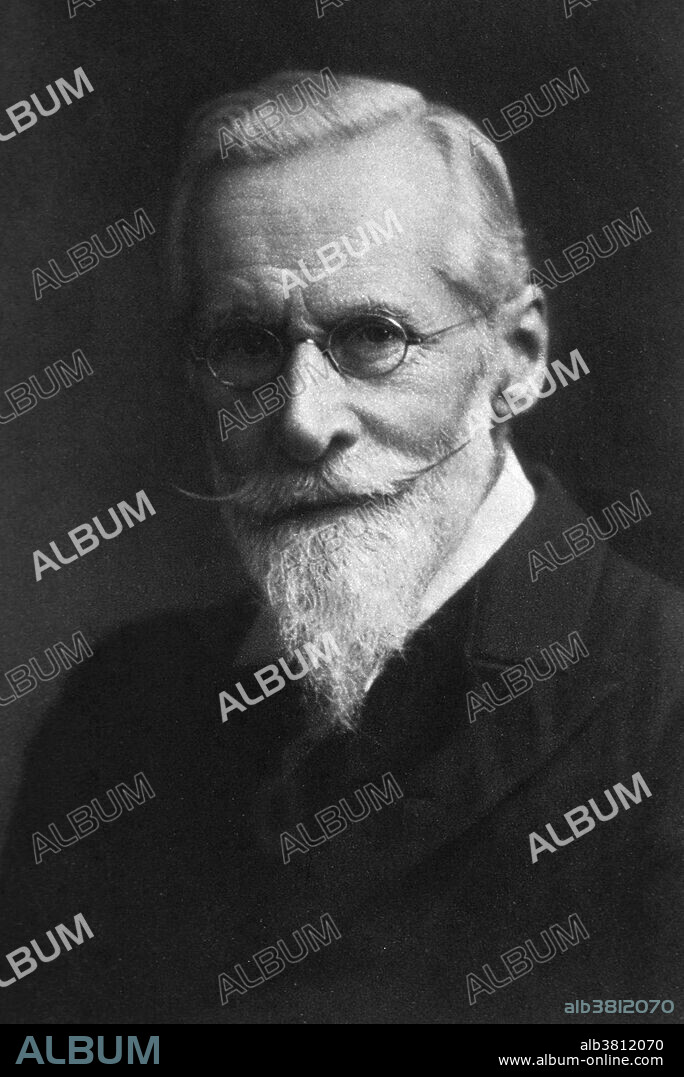alb3812070
William Crookes, English Chemist and Physicist

|
Zu einem anderen Lightbox hinzufügen |
|
Zu einem anderen Lightbox hinzufügen |



Haben Sie bereits ein Konto? Anmelden
Sie haben kein Konto? Registrieren
Dieses Bild kaufen

Titel:
William Crookes, English Chemist and Physicist
Untertitel:
Siehe automatische Übersetzung
William Crookes (June 17, 1832 - April 4, 1919) was an English chemist, physicist and spectroscopist. In 1861, he discovered a previously unknown element with a bright green emission line in its spectrum and named the element thallium. In 1895, he identified the first known sample of helium. He was the inventor of the Crookes radiometer (a system of vanes, each blackened on one side and polished on the other, is set in rotation when exposed to radiant energy) which today is made and sold as a novelty item. In his research of the conduction of electricity in low pressure gases, he discovered that as the pressure was lowered, the negative electrode (cathode) appeared to emit rays (the so-called cathode rays, now known to be a stream of free electrons, and used in cathode ray display devices). He developed the Crookes tubes (vacuum tube), investigating cathode rays. He was a pioneer in the use of vacuum tubes for the study of physical phenomena. He was one of the first scientists to investigate what are now called plasmas and identified it as the fourth state of matter in 1879. He also devised one of the first instruments for the study of nuclear radioactivity, the spinthariscope. Crookes was knighted in 1897. He lived to be 86 and died of natural causes.
Bildnachweis:
Album / NLM/Science Source
Freigaben (Releases):
Model: Nein - Eigentum: Nein
Rechtefragen?
Rechtefragen?
Bildgröße:
2640 x 3951 px | 29.8 MB
Druckgröße:
22.4 x 33.5 cm | 8.8 x 13.2 in (300 dpi)
Schlüsselwörter:
BERÜHMT • BERÜHMTE PERSÖNLICHKEIT • CHEMIE • CHEMIKER • ERFINDER • EUROPAEER (F M) • EUROPAEER • EUROPÄER (F M) • EUROPÄER • EUROPÄISCH • MANN • NOTABEL • PERSON • PERSöNLICHKEITEN • PERSÖNLICHKEITEN • PROMINENZ • WISSENSCH.: CHEMIE
 Pinterest
Pinterest Twitter
Twitter Facebook
Facebook Link kopieren
Link kopieren Email
Email
